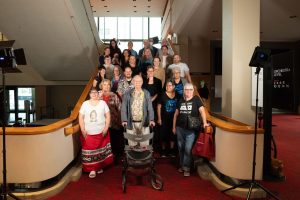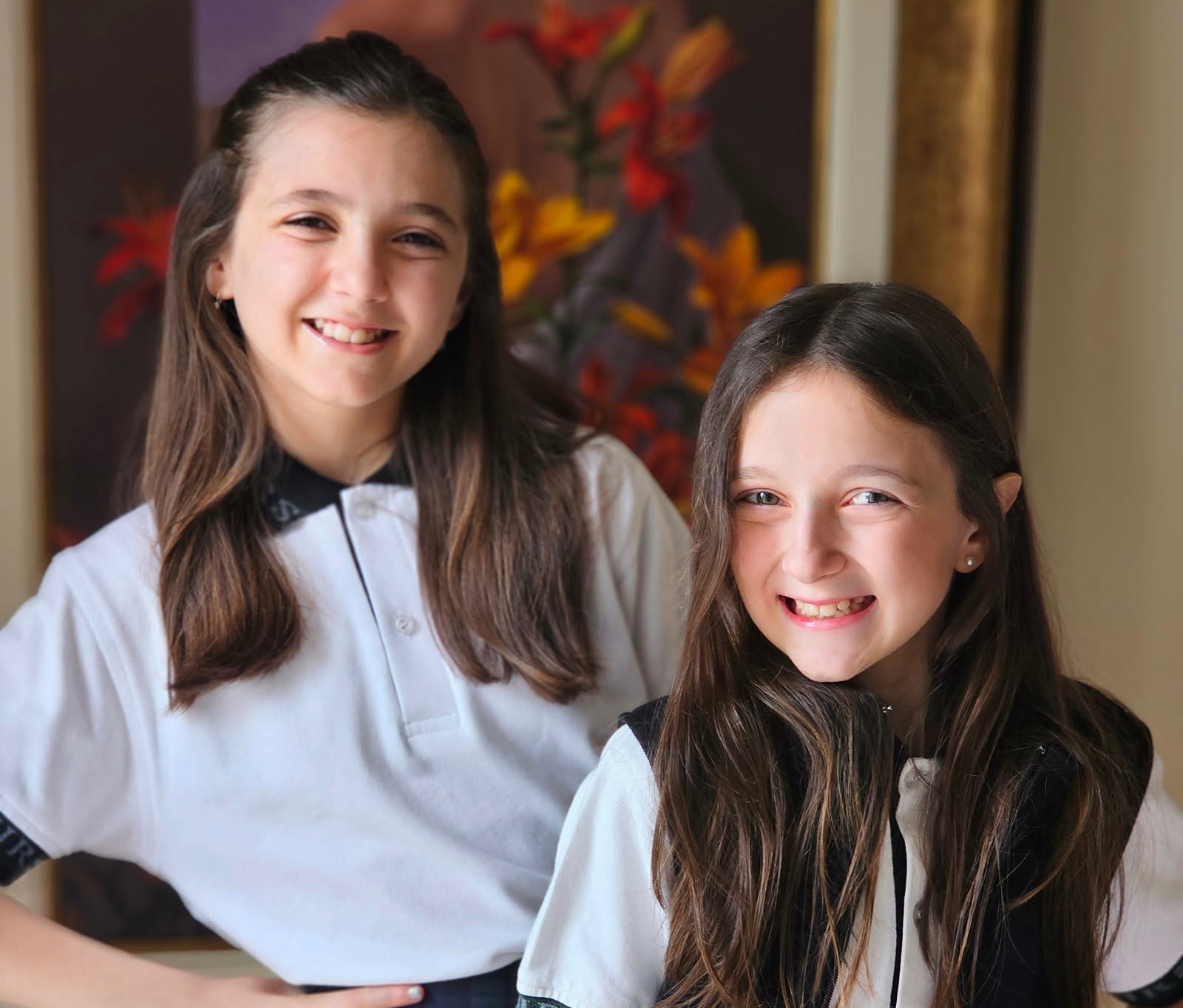Oct 30, 2023
By Nicole Stonyk with mention and gratitude to the translators, and contributions from Dr. Suzanne Steele’s essay, Li Keur Aesthetic Translation of Indigenous Languages Database

Li Keur re-imagines the 19th century in the heart of the north and will be a different experience for the regular operagoer. Typically, operas are written in German, Italian and French. However, 70% of the text in Li Keur is written in Indigenous languages: Southern-Michif, French-Michif and Anishinaabemowin (Ojibwe).
Language is very important in communicating culture and world views. In fact, the United Nations Declaration on the Rights of Indigenous Peoples declared: “Indigenous peoples have the right to revitalize, use, develop and transmit to future generations their histories, languages, oral traditions, philosophies, writing systems and literatures, and to designate and retain their own names for communities, places and persons” (Article 13:1). For Dr. Suzanne Steele, Métis librettist for Li Keur, it was important to emulate the linguistic soundscape of the 19th century. It was also a creative and powerful tool to connect language, story and visiting that is central to Indigenous culture.
The Indigenous language translations in Li Keur are not direct translations. Rather, Li Keur uses aesthetic translations. This means the libretto reflects worldviews of the languages but also the artistic image of the original text. In this way the translations are specific to the story of Li Keur. Dr. Steele wanted to work with languages in a way that reflected the prairie kinship webs across the heart of the continent at a time when the ancestors spoke many languages – up to five or even seven! Many were translators and navigators and would often switch between languages in conversation, and sometimes even mid-sentence. Languages are used in the same way in Li Keur.
Here is an example:
(hint: listen for these words sung by the women’s chorus and Marie Serpente in the opening scenes)
Southern-Michif
Kaashki kwaashonaan [We sew]
Lii roozh faroosh [wild roses]
Kaashki kwaashonaan [We sew]
French-Michif
On ko di roz savaj [We sew the wild roses]
avek di sway ipi lii riban Japonaise [With silk threads and Japanese ribbons]
Anishinaabemowin
Wiigashk gogimaandan, minoma-got [Sweetgrass, I smell it, it smells good]
Nitaawigiwin izhimaagot [the scent of rebirth]
The above example of Southern-Michif, French-Michif and Anishinabemowin adds to Li Keur’s theme of re-centering culture by recreating the cultural milieu through language that encompassed the heart of the continent in the mid 19th century.
The translations and linguistic soundscape are important, but so is community. Therefore, working with translators and language knowledge keepers in a way that builds community was very important in the story creation for Li Keur. To do this properly, community protocols had to be followed and building relationships through “visiting”. Visiting means slowing down, spending the time, and doing things “right”. The act of visiting creates space for stories, shared knowledge, and building relationships that move beyond the final performance. It took over three and a half years of visiting and many kitchen tables for the translation work alone! Dr. Steele writes about other ways that Li Keur involves visiting with audience members, performers, and creatives. Dr. Steele writes that these aspects of visiting “are working towards a performance; but the reality is that the making is itself performative, and, potentially historic or ground-breaking as a baby step of reconciliation.”
Li Keur is a project aimed towards truth and reconciliation which calls on Indigenous language revitalization as part of the 94 Calls to Action. Therefore, an important outcome of the translation project was not only for the story, but to create a language archive and database. The result was a website with free podcasts, language videos, and audio of words and phrases used in the opera, as well as studio recordings. This is not only meant for those performing in the opera, but as a public resource and for language community members.
Check out the website here: https://omeka.cmu.ca/s/Riel-Heart-of-the-North/page/welcome1
The Indigenous language specialists who translated the librettos must be acknowledged.
They are:
Cree-Michif: Madame Vera de Montigny (Brandon, MB)
French-Michif: June Bruce, Lorraine Coutu, and Agathe Chartrand, Mesdames Andrea Rose, Suzanne Zeke, (late) Joyce Dumont, and Jules Chartrand (St Laurent, MB)
Anishinaabemowin (Ojibwe): Mesdames Donna Beach and Debra Beach Ducharme (Animo-ziibiing [Lake Manitoba First Nation])

Did you know that Li Keur is not the first opera to use Indigenous languages? The very first was an opera in 1967 called Louis Riel that was composed by Harry Somers and written by Mavor Moore. However, it used Indigenous language in a very problematic way. The only piece in the opera that used Indigenous language was an aria called the “Kuyas.” The “Kuyas” is problematic because it used a sacred Tsimshian song called “Hano” from the West Coast. This was a mourning song only to be sung by those who hold the heredity right. The tune was appropriated, translated using Cree words, called the “Kuyas” and sung as a Métis lullaby. Many lessons have been learned since then which emphasizes the importance of community consultation and collaboration.









